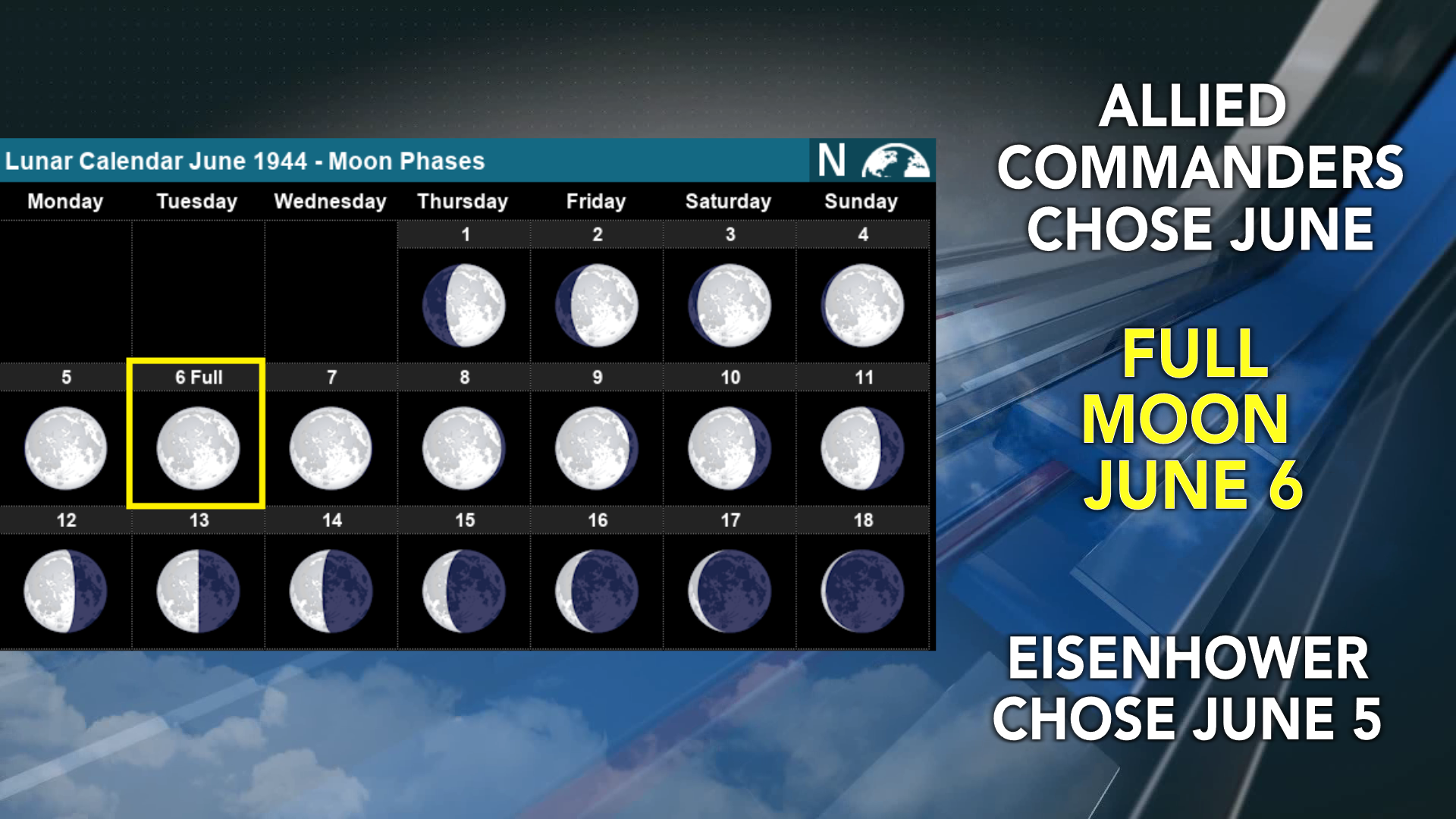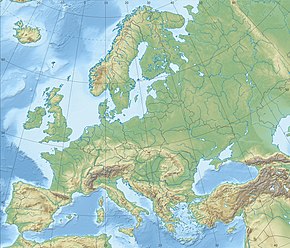|
|
General: NORMANDIA=DIA D-¿PORQUE LA CONEXION CON EL "EXPERIMENTO FILADELFIA"?
Choose another message board |
|
Reply |
Message 1 of 107 on the subject |
|
|
|
|
|
Reply |
Message 93 of 107 on the subject |
|
10 things you might not know about D-Day
1. It doesn't stand for what you think
The term D-Day is used by the Armed Forces to refer to the beginning of an operation. The ‘D’ stands for ‘Day’, meaning it’s actually short for ‘Day-Day’ (which is nowhere near as catchy).
Before the allied attack in June 1944 there would have been many D-Days, however it was so iconic that it came to be used solely when referring to the beginning of Operation Overlord.
D-Day 77
Watch a livestream of our commemoration at the NMA, including the unveiling of the British Normandy Memorial.
Watch D-Day 77 Livestream
2. Britain was not alone
In addition to those from the UK, D-day forces included sailors, soldiers, and airmen from the USA, Canada, Australia, Belgium, Czechoslovakia, France, Greece, the Netherlands, New Zealand, Norway, Poland and others.
© IWM A 23938
3. Even the Allied Forces couldn't beat the weather
The D-Day invasion was actually planned for the 5 June, however, in true British fashion, the weather was too bad for the ships to set sail. It was therefore postponed until the day after.
4. Hitler had been preparing
The D-Day landings weren’t a simple matter of invading a series of beaches. They involved breaching Hitler’s Atlantic Wall – a series of ‘impenetrable’ defences stretching 1,670 miles from Norway to Spain.
Much of this wall is still intact. Concrete turret defences, anti-landing obstacles and more can still be found all across the coast.
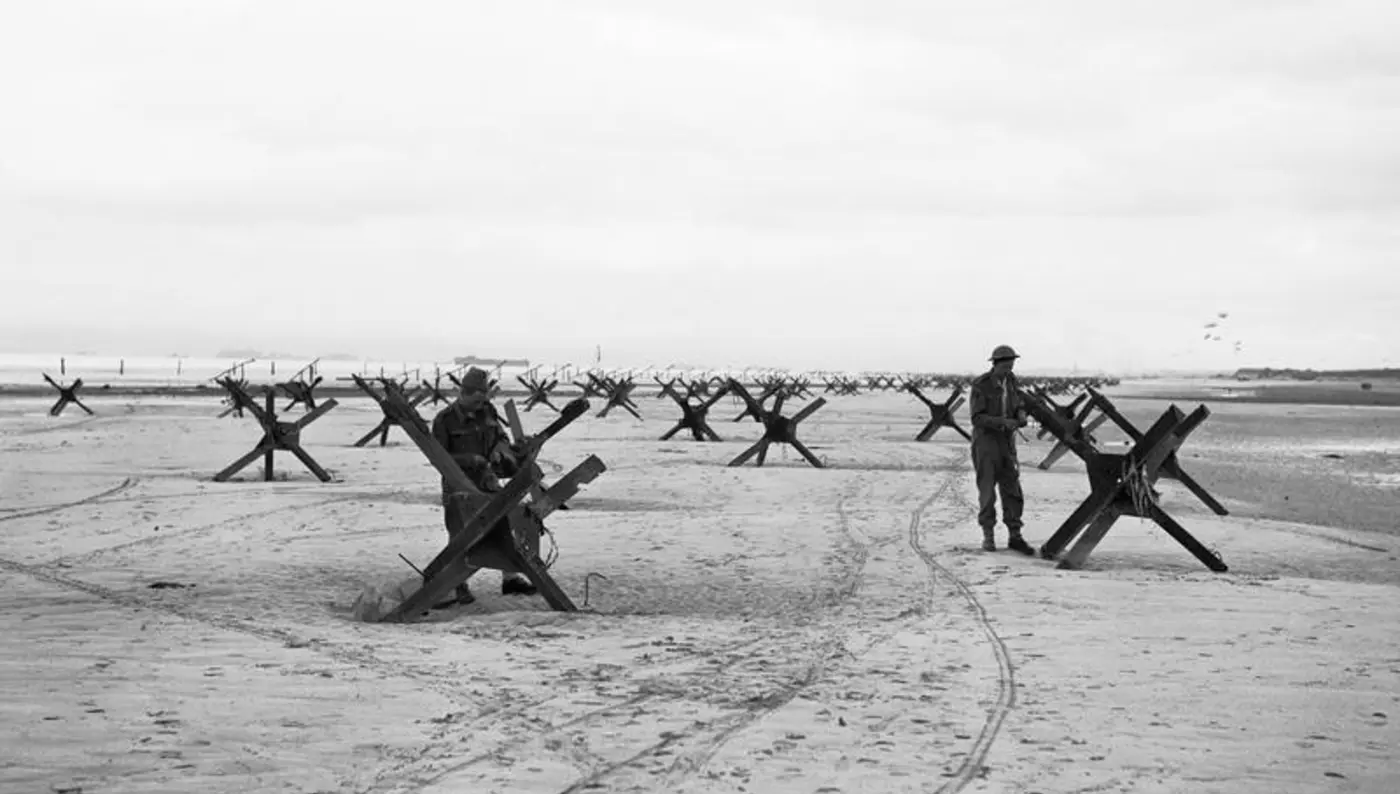 Royal Navy Commandos preparing to demolish beach obstacles © IWM (A 23992) Royal Navy Commandos preparing to demolish beach obstacles © IWM (A 23992)
5. It wasn't the easiest option on the table
The Axis actually considered Normandy to be one of the least likely places for the Allies to attack. It had one of the furthest crossing distances from the UK, and no port.
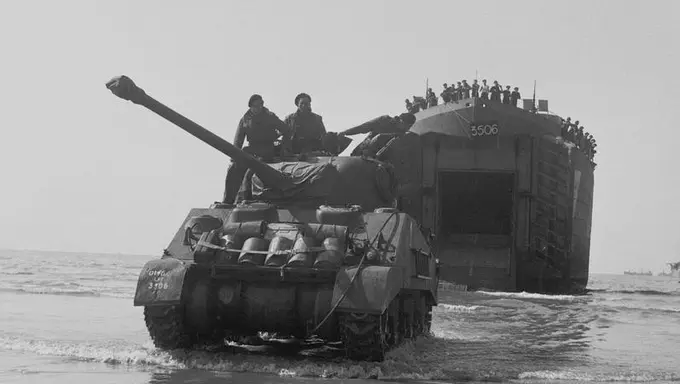 A Sherman Firefly tank coming ashore on 7 June 1944 © IWM (B 5130) A Sherman Firefly tank coming ashore on 7 June 1944 © IWM (B 5130)
This is precisely why they chose to invade there. They invented and constructed two artificial harbours to solve the port problem, and transported 7,000 tonnes of vehicles and goods over them each day.
6. Equipment had to be specially invented
As the invasion was the first of its kind, there was no existing equipment with which to carry it out.
© IWM B 5218
Not only were the Mulberry Harbours invented, so were the iconic landing crafts. These had a ramp that dropped down into the sea, meaning troops didn’t have to scramble over the side to get out.
7. The South of England was transformed
The jump-off point for the attack was on the South coast of England, and the bottom half of the country was transformed into one large army camp in preparation. Civilian and diplomatic travel was restricted, and journalists were constantly monitored.
8. Fake news played a big role
It was impossible to hide the coming attack from the German intelligence. The allies therefore ran operations to confuse them on when, and where, it would take place.
They leaked fake plans, set up fake camps and sent fake coded radio messages. On the morning of the 6 June, the Allied forces bombed Calais to give the illusion they were readying for an attack.
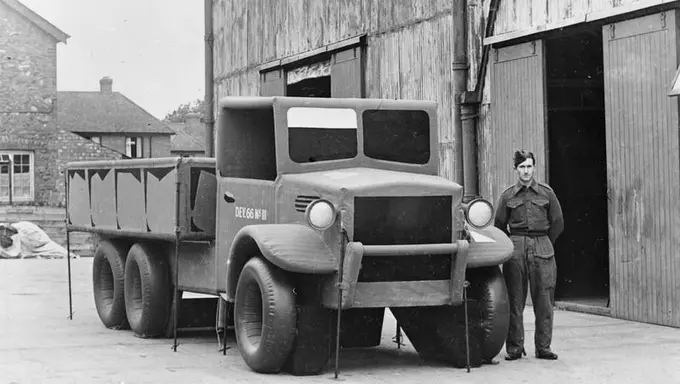 An inflatable 3-ton lorry © IWM (H 42530) An inflatable 3-ton lorry © IWM (H 42530)
The French Resistance then cut telephone lines to stop news of the invasion reaching the German High Command. German intelligence wasn’t sure whether the attack was real even as it was taking place!
9. Landing wasn't the first step
The first part of the invasion was conducted by air.
© IWM A 23720A
British and American air-borne divisions landed behind enemy lines, capturing the Caen Canal Bridge - later renamed Pegasus Bridge - to stop German reinforcements. Capturing the bridge was no small task, and re-enactments now pay homage to the paratroopers on special commemorative occasions.
10. The news reached Anne Frank in the annex
Listening on a secret radio, Anne Frank recounts there was “great commotion in the Secret Annexe!” upon their hearing about the attack.
“Hope is revived within us”, she wrote, “It gives us fresh courage, and makes us strong again”.
Sadly, Anne’s hiding place would be found by the Nazis before that liberation she dreamed of could take place.
|
|
|
|
Reply |
Message 94 of 107 on the subject |
|
Memorial "Exercise Tiger"
This plaque on Utah Beach commemorates "Exercise Tiger", the exercise for D-Day on Slapton Sand in England, in which 749 Americans were killed when the Germans attacked during the exercise.
Do you have more information about this location? Inform us!
Source
- Text: Fedor de Vries
- Photos: Jebulon
https://www.tracesofwar.com/sights/116416/Plaquette-Exercise-Tiger.htm |
|
|
|
Reply |
Message 95 of 107 on the subject |
|
11/9/1941-1/1/1942=111 DAYS (PENTAGON FUNDATION SEPTEMBER 11TH 1941)
1/1/1942-21/4/1942=111 DAYS (ROME FUNDATION)
1/1/1942-10/8/1942=222 DAYS (SAINT LAWRENCE)
1/1/1941-10/8/1942=333 DAYS (SAINT LAWRENCE-911)
11/9/1941-16/2/1944= 888 DAYS
11/9/1941-28/10/1943=777 DAYS (PHILADELPHIA EXPERIMENT)
11/9/1941-6/6/1944 (DAY D)=999 DAYS (DAY D)
|
|
|
|
Reply |
Message 96 of 107 on the subject |
|
|
|
|
Reply |
Message 97 of 107 on the subject |
|
Franklin D. Roosevelt Metro station, a tribute to the former US President
Franklin D. Roosevelt Metro station boasts a contemporary decor that pays homage to its namesake, the revered US President who commanded Allied troops during World War II. Following a complete renovation in 2011, the station’s aesthetic is very international, reflecting its proximity to the Rond-Point des Champs-Elysées, one of Paris’s most iconic tourist destinations, and serves as a tribute to the United States.
 General view of the station General view of the station
Modernity is a central theme, evident in the station’s metal ceiling lamps adorned with intricate perforations that illuminate the platforms. The black and yellow color scheme of the tiles adorning the walls and vaulted ceiling further accentuates the contemporary ambiance.
The seating arrangements, designed to complement the modern aesthetic, offer a choice between two styles. Dark grey metal bucket-style seats exude contemporary sophistication, while standard-shaped yellow seats add a vibrant pop of color to the space.
Lastly, adding a dynamic touch, five touch-screen displays along the platforms accommodate temporary advertising campaigns, infusing the station with a sense of versatility and innovation.
Franklin D. Roosevelt Metro Station on Line 1
Franklin D. Roosevelt Metro station is situated on Line 1, the very first line of the Paris Metro system inaugurated for the Exhibition Universelle of 1900.
 Yellow and Black colour scheme and touch-screen Yellow and Black colour scheme and touch-screen
Today, the station operates as a fully automated system, devoid of a driver, with glass safety screens effectively isolating the platforms from the rails, ensuring passenger safety.
Line 1 serves as a crucial link between La Défense, the bustling business district in western Paris to the Chteau de Vincennes located on the south-eastern outskirts.
Sites of interest near Franklin D. Roosevelt Metro station?
Franklin D. Roosevelt Metro station serves the affluent district where you’ll find some of the most iconic landmarks of the city such as the Grand Palais, Petit Palais, Elysée Palace, Faubourg Saint-Honoré.
Directions: 8th district
Coordinates: Lat 48.869426 – Long 2.309450
https://www.travelfranceonline.com/franklin-d-roosevelt-metro-station/ |
|
|
|
Reply |
Message 98 of 107 on the subject |
|
|
|
|
Reply |
Message 99 of 107 on the subject |
|
|
|
|
The Beaches Of Normandy, On D-Day And Today
June 02, 2014 10:26 GMT
On June 6, 1944, Allied soldiers stormed the beaches of Normandy in northern France in the operation known as D-Day. More than 150,000 troops took part in the largest seaborne invasion in history, which marked a turning point in the war. Ahead of the 70th anniversary of D-Day, Reuters photographer Chris Helgren compiled archive pictures taken during the 1944 invasion, and then visited the same places to photograph them as they appear today.
1 |
|
|
|
|
| https://www.rferl.org/a/france-world-war-normandy/25407074.html |
|
|
|
|
|
|
Reply |
Message 100 of 107 on the subject |
|
Original Churchill World War II victory letter goes on sale for $200,000
Text written in May 1945 was signed by British prime minister, then copied and sent to his many fans
An original letter signed by then-British prime minister Winston Churchill and sent to wellwishers upon the Allied victory in World War II was offered for $200,000 by a US firm Wednesday.
Copies of the letter, marked by the official prime minister’s stamp and his address, 10 Downing Street, was sent to the thousands of people who wrote congratulatory letters to Churchill upon the defeat of the Nazis.
“I have been deeply touched by all the messages of goodwill which have reached me at this time. Thank you so much for your kind thought,” read the short text written in May 1945.
The letter is being sold by the Raab Collection, and is available for purchase on its website along with other letters written by the wartime leader. As of Sunday, the item was still available.
Churchill served twice as prime minister — in 1940-1945 and again in 1951-1955.
https://www.timesofisrael.com/original-churchill-world-war-ii-victory-letter-goes-on-sale-for-200000/ |
|
|
|
Reply |
Message 101 of 107 on the subject |
|
|
|
|
Madeleine Albright, the first woman to serve as the U.S. secretary of state, died Wednesday, her family said in a statement.
She was 84.
Albright died of cancer, her family said, adding that she was "surrounded by family and friends" at the time.
"We have lost a loving mother, grandmother, sister, aunt and friend," the statement said, as well as a "tireless champion of democracy and human rights."
President Joe Biden remembered Albright as “a force for goodness, grace, and decency—and for freedom.” She “defied convention and broke barriers again and again,” Biden said in a statement.
He ordered flags to be flown at half-mast in her honor until March 27.
Then-President Bill Clinton named Albright the U.S. ambassador to the United Nations shortly after he was inaugurated in 1993, and nominated her as the secretary of state three years later. She was confirmed in 1997 by a vote of 99-0. At the time, she was the highest-ranking woman in the history of the U.S. government.
 President Bill Clinton with Secretary of State Madeleine Albright in 1999.Cynthia Johnson / Getty Images file President Bill Clinton with Secretary of State Madeleine Albright in 1999.Cynthia Johnson / Getty Images file
Albright served in the post for four years, actively promoting the expansion of NATO and military intervention in Kosovo.
On Wednesday, Clinton remembered Albright as "an extraordinary human being."
"Because she knew firsthand that America's policy decisions had the power to make a difference in people's lives around the world, she saw her jobs as both an obligation and an opportunity. And she made the most of them in advancing peace, security and shared prosperity," the former president said, adding he last spoke to Albright two weeks ago.
https://www.nbcnews.com/politics/politics-news/madeleine-albright-first-female-secretary-state-dies-84-rcna21247 |
|
|
|
|
|
|
Reply |
Message 102 of 107 on the subject |
|
|
|
|
Reply |
Message 103 of 107 on the subject |
|
D-Day
D-Day is June 6 on the National Day Calendar and we are honoring those who fought on the beaches of Normandy, France. This historical day is a reminder of the day troops of Allied forces staged one of the most pivotal attacks against Germany during World War II.
#DDay
The Battle of Normandy was executed under the codename Operation Overlord and became known as the beginning of the end of World War II. The Battle took place was along a 50 mile stretch of beaches, including Utah and Omaha Beach. While many explanations exist for the name, many believe the word "Day" means nothing more than what it is and the countdown the day and hour of the assault.
The U.S., Britain, and Canada sent more than 160,000 Allied troops under the leadership of General Dwight Eisenhower. The troops manned more than 5,000 ships and 13,000 aircraft the day of the initial landing and is considered one of the largest amphibious military assaults in history. An amphibious military operation requires the use of naval ships to project ground and air power at a designated landing beach. Due to the sheer numbers of troops, ships, and aircraft involved, Operation Overlord required extensive planning. The Battle of Normandy liberated Northern France, but more importantly, began the liberation of millions of people across Europe.
Message to the troops of Normandy: “You are about to embark upon the Great Crusade, toward which we have striven these many months. The eyes of the world are upon you.”
Dwight Eisenhower, Supreme Allied Commander of the Allied Expeditionary Force, 1944
6 Interesting D-Day Facts
- About 150,000 Allied troops successfully carried out their mission to storm the beaches of Normandy. Unfortunately, nearly 10,000 lives were lost on that single day.
- The Normandy invasion was a vital turn in the war and turned the tide in the war against the Nazis. The successful mission was a huge blow to Hitler.
- The Normandy Invasion is one of the most significant events of WWII.
- Allied forces consisted of troops from U.S., Australia, Belgium, Netherlands, France, Greece, New Zealand, Norway, and Poland.
- Over 18,000 Allied paratroopers were dropped into the invasion area.
- A few months before D-Day, General Eisenhower threatened to quit due to being at odds with Winston Churchill over a controversial plan.
HONORING D-Day
On June 6 across the world, World War II museums, memorials, and ceremonies honor the Allied forces who landed along the 50 mile stretch of beaches in 1944. There are several ways to honor D-Day and the impact it had on WWII.
- Learn more about the Battle of Normandy by exploring World War II museums.
- Visit the National D-Day Memorial to attend the D-Day Commemoration at the WWII Memorial.
- Fly the American flag in honor of the sacrifices made during WWII.
- Visit with a combat veteran and learn about their experiences. Document their stories to share with future generations.
- Watch Band of Brothers, which is a true story of U.S. Army's Easy Company, 506th Regiment of the 101st Airborne Division.
- Read books about the Battle of Normandy or listen to a podcast such as: D-Day Girls: The Spies Who Armed the Resistance, Sabotaged the Nazis, and Helped Win World War II by Sarah Rose. The Longest Day by Cornelius Ryan. Normandy '44: D-Day and the Battle for France by James Holland. Pegasus Bridge by Stephen E. Ambrose. The Bedford Boys by Alex Kershaw. History Extra Podcast.
- Share your family stories, photos, and family history about WWII on social media using the hashtag #DDay.
D-DAY HISTORY
The landing of troops on the beaches of Normandy on June 6, 1944, is known around the world as D-Day and was given the name Operation Overlord. Leading up to the attack, plans of deception were carried out to mislead Germany about the intended invasion target. They led the Germans to believe that the invasion target would be at Pas-de-Calais. This was the narrowest point between Britain and France. In addition, they also led the Germans to believe that others areas, such as Norway, would be invaded. Phantom armies, fake equipment, double agents, and fraudulent radio transmissions were all used to carry out the deceptive tactics of the Allies.
June 6th Celebrated History
- 1844 - A twenty-two-year-old George Williams founded the Young Men's Christian Association in London, England.
- 1933 - Richard M. Hollingshead Jr. of Camden, New Jersey created the first drive-in theater.
- 1944 - Allied forces land on the beaches of Normandy, France during World War II.
- 2004 - Phylicia Rashad's performance in Loraine Hansberry's A Raisin in the Sun earned her the Tony Award for Best Actress. She was the first African American to win the Best Actress category.
June 6th Celebrated Birthdays
- Nathan Hale (1755 - 1776) -In 1776, at the age of 21, Captain Nathan Hale volunteered to carry out a mission ordered by General George Washington. Hale was charged with gathering information on the British troops. When the British revealed the Patriot’s identity, they swiftly placed a noose around Hale's neck. According to legend, Hale declared before being hung, “I regret that I have but one life to give for my country.”
- Sarah Parker Remond (1826 - 1894) was born into freedom and became an African-American abolitionist and suffragist spoke to audiences around the world. In 1853, a theatre owner denied Remond and two of her two companions entry to the Opera, and the police responded. Remond brought charges against Henry Palmer, the theatre operator, and C.P. Philbrick, the officer who responded. Judge Russell found for the plaintiff, ordering the theatre to “stand by their contract, and give to every ticket holder of whatever nation, color or condition, the place which he has brought.”
- David Scott (1932 - ) is an American astronaut who flew several missions during the space race, including a 1971 Moon landing. During the mission on July 31, 1971, Scott drove the Lunar Roving Vehicle, becoming the first person to drive on the Moon.
- Phillip A. Sharp (1944) In 1993, American molecular biologist Phillip Sharpe and Richard J. Roberts shared the Nobel Prize for Physiology or Medicine. Their study of DNA and split genes inspired new research into mRNA and evolutionary biology.
https://www.nationaldaycalendar.com/national-day/d-day-june-6 |
|
|
|
Reply |
Message 104 of 107 on the subject |
|
Earth from Space – Arc de Triomphe, Paris
Status Report
May 13, 2022

Arc de Triomphe, Paris.
ESA
This striking, high-resolution image of the Arc de Triomphe, in Paris, was captured by Planet SkySat – a fleet of satellites that have just joined ESA’s Third Party Mission Programme in April 2022.
The Arc de Triomphe, or in full Arc de Triomphe de l’Étoile, is an iconic symbol of France and one of the world’s best-known commemorative monuments. The triumphal arch was commissioned by Napoleon I in 1806 to celebrate the military achievements of the French armies. Construction of the arch began the following year, on 15 August (Napoleon’s birthday).
The arch stands at the centre of the Place Charles de Gaulle, the meeting point of 12 grand avenues which form a star (or étoile), which is why it is also referred to as the Arch of Triumph of the Star. The arch is 50 m high and 45 m wide.
The names of all French victories and generals are inscribed on the arch’s inner and outer surfaces, while the Tomb of the Unknown Soldier from World War I lies beneath its vault. The tomb’s flame is rekindled every evening as a symbol of the enduring nature of the commemoration and respect shown to those who have fallen in the name of France.
The Arc de Triomphe’s location at the Place Charles de Gaulle places it at the heart of the capital and the western terminus of the Avenue des Champs-Élysées (visible in the bottom-right of the image). Often referred to as the ‘most beautiful avenue in the world’, the Champs-Élysées is known for its theatres, cafés and luxury shops, as the finish of the Tour de France cycling race, as well as for its annual Bastille Day military parade.
This image, captured on 9 April 2022, was provided by Planet SkySat – a fleet of 21 very high-resolution satellites capable of collecting images multiple times during the day. SkySat’s satellite imagery, with 50 cm spatial resolution, is high enough to focus on areas of great interest, identifying objects such as vehicles and shipping containers.
SkySat data, along with PlanetScope (both owned and operated by Planet Labs), serve numerous commercial and governmental applications. These data are now available through ESA’s Third Party Mission programme – enabling researchers, scientists and companies from around the world the ability to access Planet’s high-frequency, high-resolution satellite data for non-commercial use.
Within this programme, Planet joins more than 50 other missions to add near-daily PlanetScope imagery, 50 cm SkySat imagery, and RapidEye archive data to this global network.
Peggy Fischer, Mission Manager for ESA’s Third Party Missions, commented, “We are very pleased to welcome PlanetScope and SkySat to ESA’s Third Party Missions portfolio and to begin the distribution of the Planet data through the ESA Earthnet Programme.
“The high-resolution and high-frequency imagery from these satellite constellations will provide an invaluable resource for the European R&D and applications community, greatly benefiting research and business opportunities across a wide range of sectors.”
To find out more on how to apply to the Earthnet Programme and get started with Planet data, click here.
– Download the full high-resolution image.
|
|
|
|
Reply |
Message 105 of 107 on the subject |
|
Para otros usos de este término, véase Austerlitz.
|
|
|
|
Reply |
Message 106 of 107 on the subject |
|
| Battle of Austerlitz |
| Part of the War of the Third Coalition |

Battle of Austerlitz, 2 December 1805, romanticized painting by French artist François Gérard, c. 1810 |
|
|
| Belligerents |
|
 French Empire French Empire
|
|
| Commanders and leaders |
|
|
|
| Units involved |
|
|
|
| Strength |
| 65,000–75,000[a] |
73,000–89,000[b] |
| Casualties and losses |
- Total: 8,852
- 1,288 killed
- 6,991 wounded
- 573 captured[7]
|
- Total: 27,000–36,000
- 15,000–16,000 killed or wounded[7]
- 12,000–20,000 captured[7]
|
|
|
|
|
|
|
Reply |
Message 107 of 107 on the subject |
|
|
|
 First First
 Previous
93 a 107 de 107
Next Previous
93 a 107 de 107
Next
 Last
Last

|
|
| |
|
|
©2025 - Gabitos - All rights reserved | |
|
|
 Mont St Michel ferry en route to St Malo
Mont St Michel ferry en route to St Malo
 St Malo – well worth it’s own short break
St Malo – well worth it’s own short break
 Aerial shot of the Mont St Michel
Aerial shot of the Mont St Michel
 View of the cloisters in the Abbey
View of the cloisters in the Abbey
 Yummy Madeleines!
Yummy Madeleines!
 WW2 War Cemetery
WW2 War Cemetery
 View over Arromanche beach
View over Arromanche beach
 One of the gun batteries at Utah beach
One of the gun batteries at Utah beach Wounded soldier memorial
Wounded soldier memorial
 William the Conqueror’s Castle
William the Conqueror’s Castle
 The Bayeux Tapestry
The Bayeux Tapestry


 Royal Navy Commandos preparing to demolish beach obstacles © IWM (A 23992)
Royal Navy Commandos preparing to demolish beach obstacles © IWM (A 23992) A Sherman Firefly tank coming ashore on 7 June 1944 © IWM (B 5130)
A Sherman Firefly tank coming ashore on 7 June 1944 © IWM (B 5130)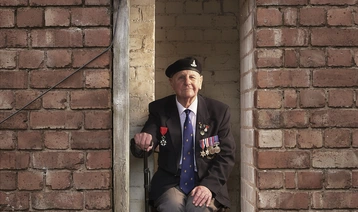
 An inflatable 3-ton lorry © IWM (H 42530)
An inflatable 3-ton lorry © IWM (H 42530)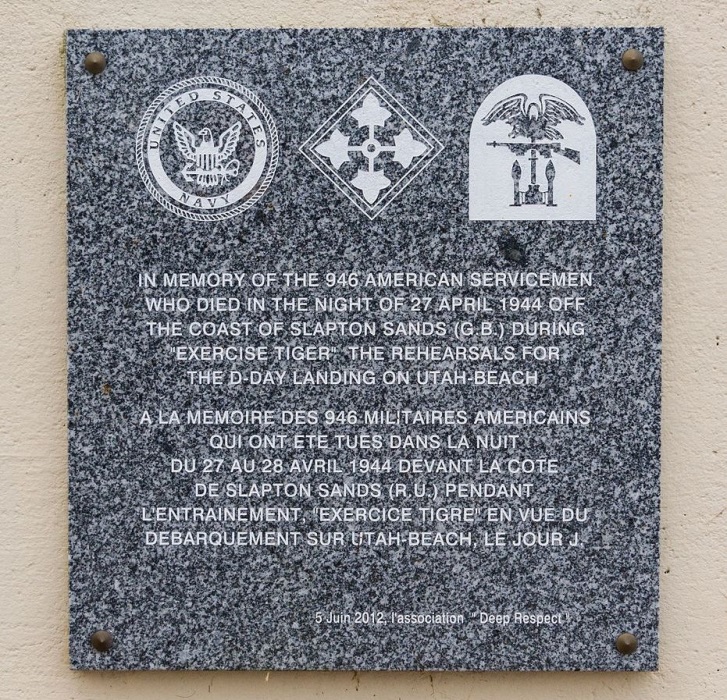





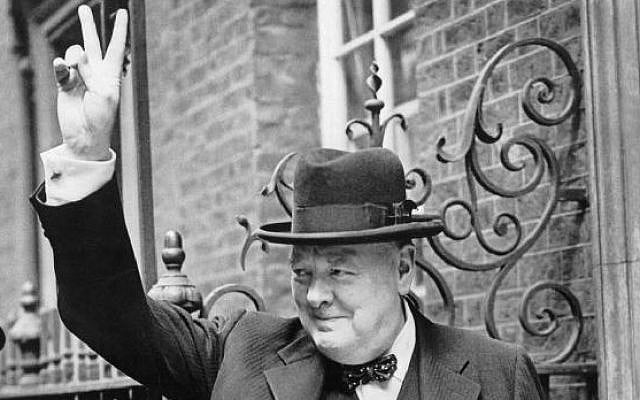

 President Bill Clinton with Secretary of State Madeleine Albright in 1999.Cynthia Johnson / Getty Images file
President Bill Clinton with Secretary of State Madeleine Albright in 1999.Cynthia Johnson / Getty Images file
